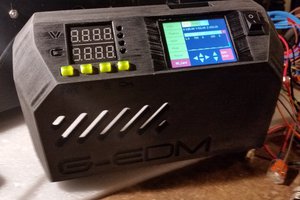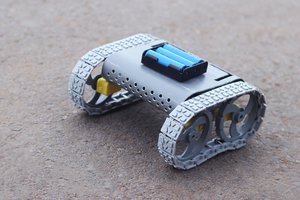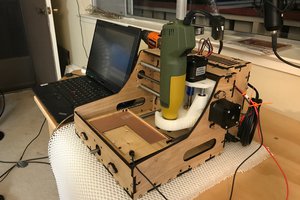The goal of this project had been and still is, to provide a CNC Shield for the Pico. One that has the same capabilities like a CNC Shield for the Arduino Uno, sometimes called "Arduino Compatible CNC Shield".
The first milestone is to provide a PCB with only one layer. I call the version "Single Side Board" or for short "SSB". That's the version for the hobbyist.
The second milestone will be having a grblHAL firmware for this board.
A later milestone would be a more compact and cheaper to manufacture version of the CNC Shield. In order to make the PCB much smaller, I would have to use two layer. I call the version "Double Side Board" (DSB).
Both PCB versions (SSB & DSB) should have the same pin assignment. That why the project has the "xSB" at the end.
 DD-Y41613
DD-Y41613

 gedm-dev
gedm-dev
 selena1995
selena1995
 Timo Birnschein
Timo Birnschein